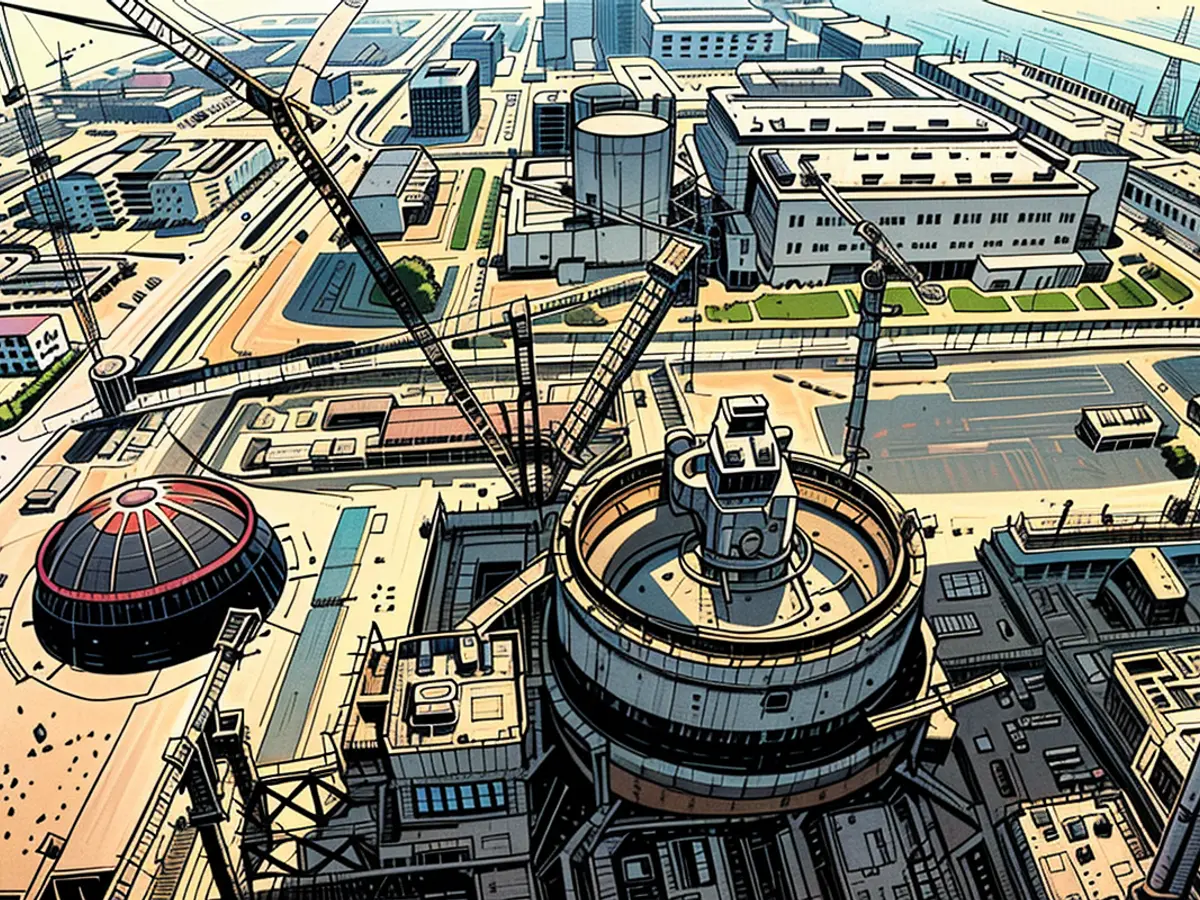Shift Towards Renewable Energy in China - Approval of Multiple Nuclear Power Plants Simultaneously in Beijing's Regions
In a single swift move, Beijing gives the go-ahead for constructing eleven fresh atomic power plants. Costs are projected at approximately 220 billion yuan, equating to around 28 billion euros. Construction time is set at an astonishingly short five years, significantly less than in industrialized Western nations. The expenditure and timeframe per unit are remarkably lower compared to their Western counterparts. Generally, Chinese infrastructure projects manage to stay within their allocated budgets and timelines. Building eleven reactors simultaneously seems unheard of, but the approval of ten plants each in the previous two years hints at a trend.
Leading the Pack in Nuclear Energy
Bloomberg predicts that by 2030, China will surpass France and the USA to become the world's foremost producer of nuclear energy. Currently operating 56 reactors, China contributes just around five percent to their power sourcing. However, this share is forecasted to significantly increase, with ten reactors set to be approved and constructed annually.
These are substantial energy facilities. The development of minute, modular reactors has slowed recently, but a recently commissioned fourth-generation test reactor, a gas-cooled, high-temperature reactor, is capable of generating both heat and energy. This innovative design boasts enhanced safety compared to current models. Out of the eleven approved reactors, six are of the Hualong One type, a reactor nearly entirely built with domestic knowledge and components.
Emphasis on Wind and Solar Energy
Despite the massive growth in nuclear energy, China maintains its dedication to renewable sources. The anticipated allocation of nuclear power has decreased in recent times, while that of wind and solar power has seen a corresponding increase. This shift is attributed to China's dominance in photovoltaic technology, the considerable decrease in solar panel prices, and the prospect of local installation. The intermittent energy production, the main challenge of renewable energy, will be addressed through advanced batteries with extended lifespan and pumped storage systems.
References: Global Times, Bloomberg, ABC
China's strategic decision to build eleven new atomic power plants is a significant step towards becoming the world's main producer of nuclear energy, as predicted by Bloomberg by 2030. With its current contribution of only 5% to its energy sourcing, this move is expected to significantly increase China's nuclear energy production.
The approved construction of these nuclear power plants, along with the ten approved each year in the previous two years, positions China as a leader in the global nuclear energy sector.








